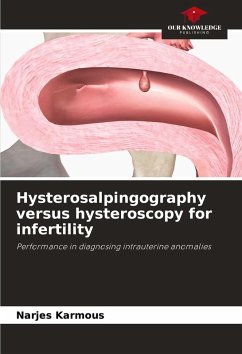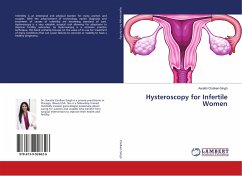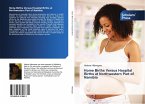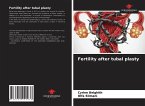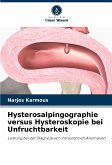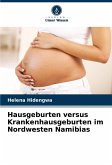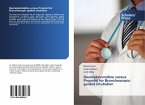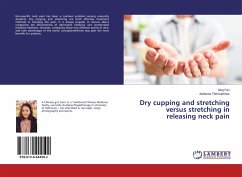Hysterosalpingography (HSG) and hysteroscopy (HSC) are the two examinations classically used to explore the uterine cavity in cases of female infertility. However, there is controversy concerning the role and place of each examination. The aim of our study was to compare HSG and HSC data in patients undergoing infertility follow-up, and to determine the performance of each technique in the diagnosis of intrauterine anomalies in infertility.This was a retrospective, longitudinal, monocentric and comparative study carried out in Department B of Obstetrics and Gynecology at Charles Nicolle Hospital in Tunis, spanning a period of 7 years and 10 months, and including patients undergoing infertility treatment with HSG and HSC.The degree of agreement between the two explorations was studied using the Kappa coefficient.A diagnostic test was used to determine the sensitivity, specificity, positive predictive value (PPV) and negative predictive value (NPV) of HSG compared with hysteroscopy.We retained the significance threshold for p 5%.
Bitte wählen Sie Ihr Anliegen aus.
Rechnungen
Retourenschein anfordern
Bestellstatus
Storno

